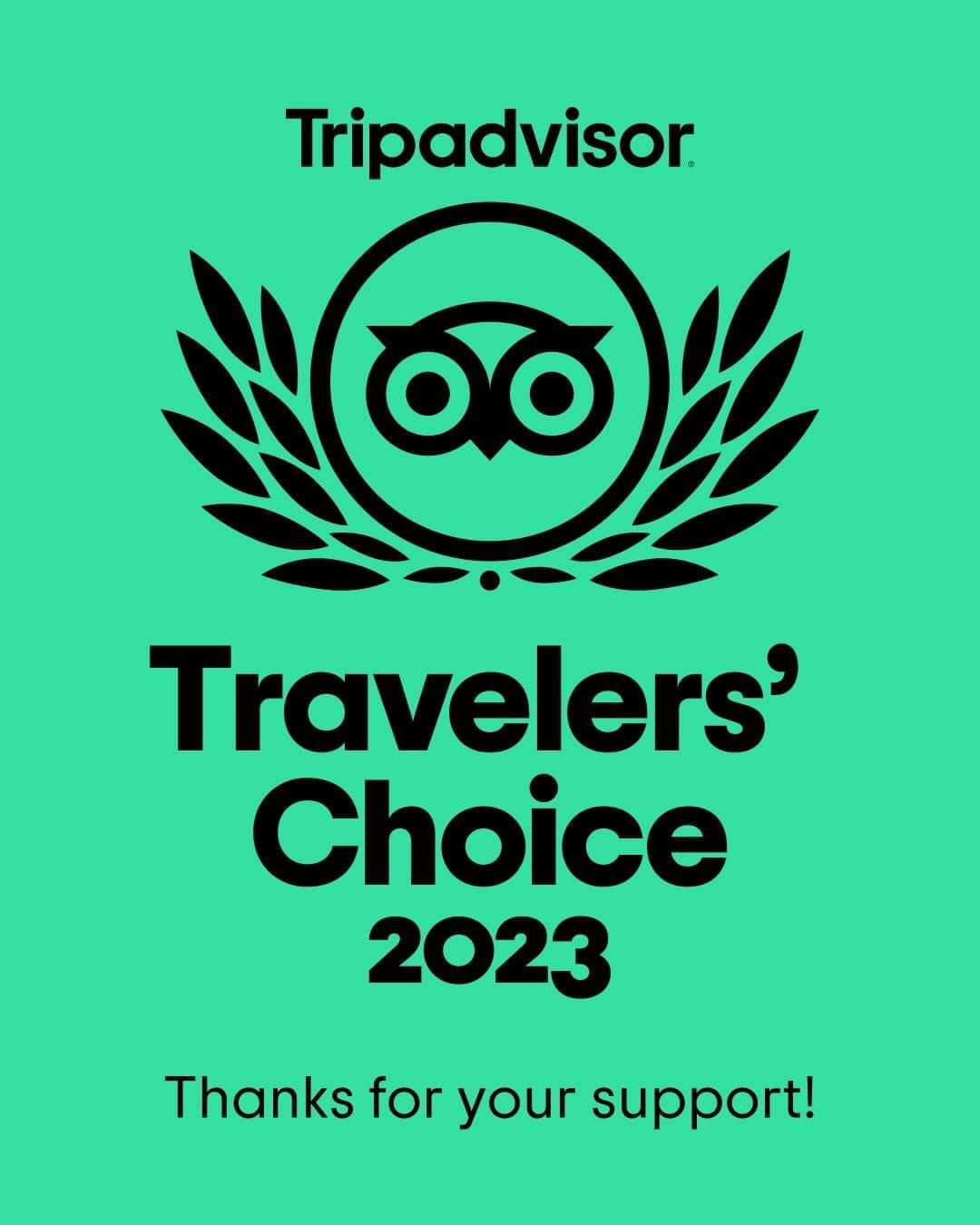Q. Where is Nepal?
Q. Where is Nepal?
A. Nepal is between India & the Tibetan Autonomous Region of the People’s Republic of China.
Further useful information
Further useful information
Please respect local traditions, customs, values, and sentiments to help protect local culture and maintain local pride.
Respect privacy when taking photographs
Respect holy places
Refrain from giving money to children as it encourages begging
Respect for the local etiquette earns you respect
Let the Himalayas change you – Do not change them
Protect the natural environment
Leave the campsite cleaner than you found it
Limit deforestation – make no open fires
Burn dry paper and packets in a safe place
Keep local water clean and avoid using pollutants
Plants should be left to flourish in their natural environment
Q. What happens if there is an emergency?
Q. What happens if there is an emergency?
A. our guides are trained in basic first aid and can deal with the basic ailments that may occur on the trek. In an emergency, the guide will cover the initial expenses of any rescue operation, which organizes evacuation by helicopter if needed. It is a condition of booking that you are adequately insured for such an event as these expenses will need to be recovered from your insurance company. In the more frequented regions, there are health posts, which foreign doctors and overseas personnel staff have established we have full knowledge about the Himalayan Rescue Association.
Q. What is altitude sickness?
Q. What is altitude sickness?
A. Altitude sickness often known as acute mountain sickness (A.M.S.) in general may occur when people ascend too quickly normally in altitudes of over 3000 m. We ensure minimal risk by building in rest days into our trekking Itinerary. Most people will feel some affect of altitude, shortness of breath and possibly light headed, this is fairly common. Acute mountain sickness is very different and normally involves a severe headache, sickness and loss of awareness. In almost every potential case there are enough warning signs to take appropriate action. Descending to a lower altitude will generally be enough to prevent any further problems. Some trekkers obtain a prescription for medication for AMS (Diamox) – you can discuss with your doctor whether this is right for you.
Q. Daypack and shoes?
Q. Daypack and shoes?
A. The pack, with a 2-5 kg capacity, should fit comfortably. You will need to carry only your daily necessities such as a water bottle (1 liter), camera, personal toiletries, and extra clothing, as dictated by the weather. Your hiking shoes, or lightweight boots, should be well broken in. They will be your best friend on the trek.
Q. What equipment should I bring?
Q. What equipment should I bring?
A. You must have enough gear to be warm and comfortable without overloading. Usually, you will experience warm days and cold nights depending on altitude and the time of year. Most treks to around 3000 m. are quite comfortable, especially in springtime. Please refer to my website for a suggested list of items to bring or e-mail me for our equipment list. It is worth remembering you can buy or rent a lot of what you will need in Kathmandu before your trek at very reasonable prices, I can also provide our backpack to you for rental. Footwear is best purchased at home before arrival to ensure it is comfortable and worn in.
Q. Is trekking for me?
Yes, in most cases we can arrange additional accommodation at our starting or ending hotels, excluding European tours. If we are unable to provide you with the extra nights we will give you the name of a hotel you can contact directly. Please also note that extra accommodations must be booked outside of 30 days of departure.



